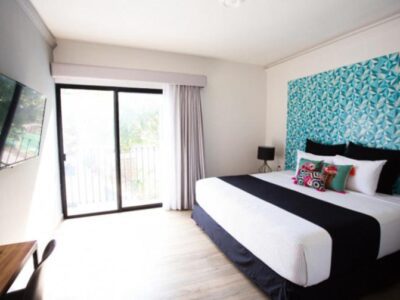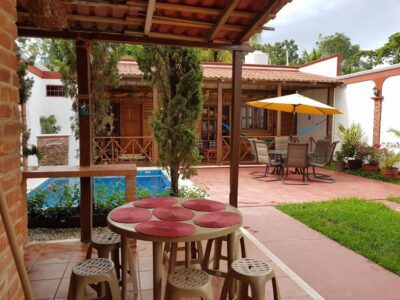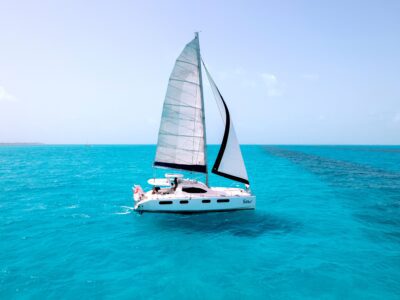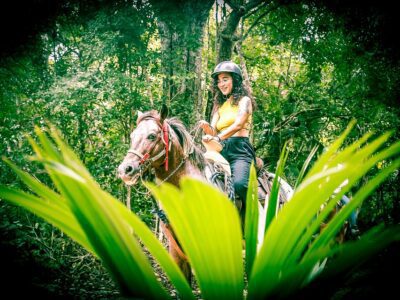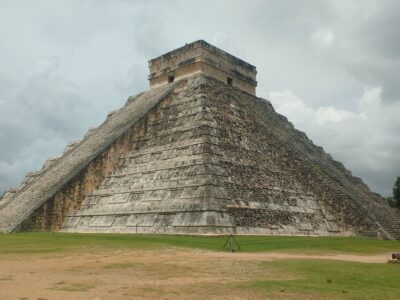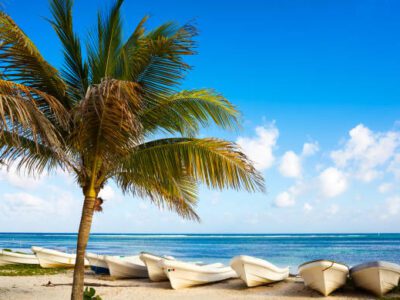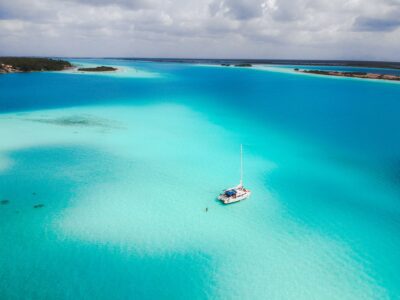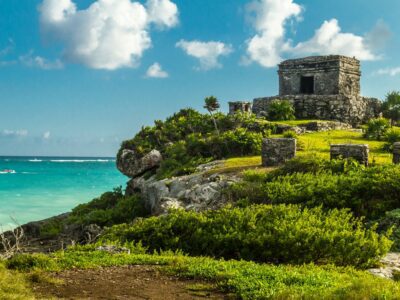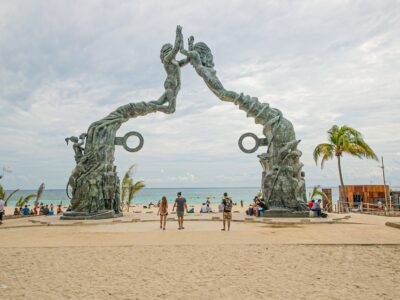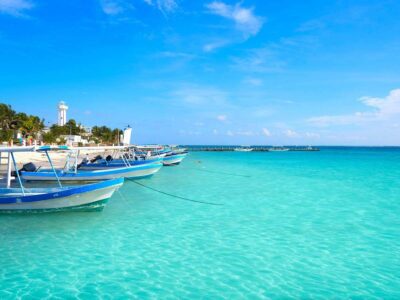Yaxchilán: the Mayan archaeological zone that divides the natural barrier between Mexico and Guatemala.
Yaxchilán is one of the most impressive archaeological sites not only in Chiapas but also in Mexico, it is located on the southern border with Guatemala
Yaxchilán was built based on the Usumacinta River.
The Mayan zone extends from southern Mexico to Nicaragua, which is why there are cases such as the ancient city of Yaxchilán, an archaeological site located in Chiapas and located on the border with Guatemala.
It is one of the most important pre-Hispanic settlements of the Mayans.
Yaxchilán is an archaeological site of the Mayan culture that developed during the Classic period (300 – 850 AD) and had its peak as a society in the Late Classic period, that is, from approximately 600 to 800 AD.
The stelae and various monuments that record the first 10 rulers of Yaxchilán were built during the reign of Pájaro Jaguar IV, the INAH explains that it is possibly an “official” or “fabricated” story to legitimize them.
In this settlement, there are up to 130 monuments with inscriptions on stelae, lintels, altars, and steps, elements that have been fundamental to understanding the political history of the city, since these vestiges narrate the history of the dynasty that began in the 4th century and lasted until the 800s.
Stelae have not only been fundamental in the study of the ancient Maya in Yaxchilan but also in many other archaeological sites, as these artistic representations portray the lives of the rulers, as well as scenes of conquest, battles, and self-sacrifice.
The National Institute of Anthropology and History (INAH) explains that Yaxchilan was built near the Usumacinta River, which represents the border with Guatemala.
In this great Mayan city, architectural complexes such as the Great Acropolis, the South Acropolis, and the West Acropolis stand out. The INAH details that the inhabitants of the settlement planned the city from west to east on a wide leveling that forms two important plazas.
As was common in pre-Hispanic societies, the inhabitants of Yaxchilan used the natural topography of the land in the construction of the vast majority of buildings.
The dynastic history that flourished during the Classic period (250-900 AD), among the most prominent rulers were:
- Escudo Jaguar I (681-742 AD)
- Pájaro Jaguar IV “the Great” (752-770 AD)
Those who built the great majority of the monumental remains that can be visited today, also, under their mandate dominated, conquered, and extended their hegemony in the site through war and matrimonial alliances in the Usumacinta region.
It is worth mentioning that these Mayan Lords were father and son, Akira Kaneko, archaeologist of the INAH, explains that Pájaro Jaguar the Great was the result of an out-of-wedlock encounter with Escudo Jaguar I, that is, he was not the son of his father’s legitimate wife.
Great Jaguar Bird had a complicated childhood and youth because he was under the shadow of his family dynasty due to his “bastard” origin.
In 742 AD he began a power struggle with the Jaguar dynasty of Yaxchilan, which occurred after the death of Jaguar Shield. Thus, in 752 AD Great Jaguar Bird won the dynastic struggle and was consecrated as Lord of the Mayan city.
Kaneko explains that this is why the vast majority of the monuments narrate the legitimacy of the Great Jaguar Bird, in addition to his great love for his mother, who is represented in Stela 35.
One of the most important monumental constructions is the Great Acropolis, which is located in the center of the site, with numerous constructions around two plazas. One is the architectural complex made up of the “Labyrinth”, buildings 18, 77, 78, and 75, articulated in the so-called Western Platform, which constitutes the West limit.
It is in the first section where you can see a ball game and a Temazcal, among the most striking attractions of the place. In the second there is an architectural complex of five structures, better known as “the Palace”.
On the other hand, in the third section, there are four buildings and in the Southern Platform of the Great Plaza, there are more than six constructions and a large staircase that leads to the buildings named 25, 26, and 33.
In Yaxchilán there are multiple acropolises throughout the settlement, such as:
South Acropolis: located on the hill at the southern end of the site and made up of buildings 39, 40, and 41
Small Acropolis: located at the western end of the site on a natural hill 50 m high above the level of the Great Acropolis plaza, it is made up of two plazas and 13 structures.
Great Acropolis: It is located in the Great Plaza, the place in the settlement where the largest number of buildings are grouped
TYT Newsroom
The post Yaxchilán: a Ancient Maya archaeological site on Mexico-Guatemala border first appeared on The Yucatan Times.


